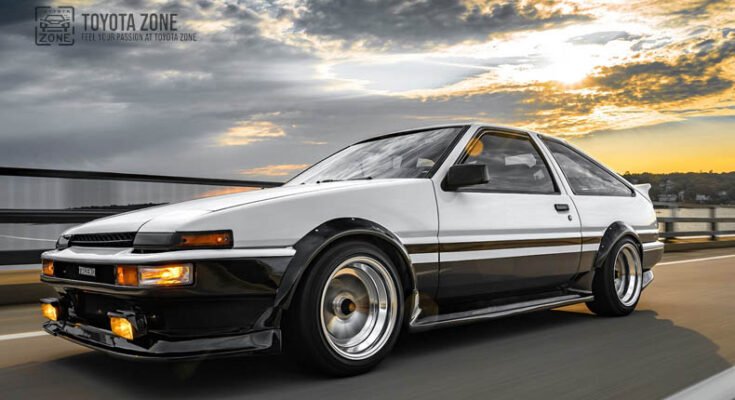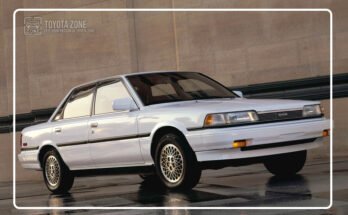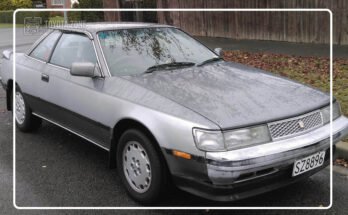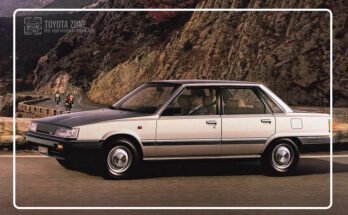Introduction
The 1986 Toyota Corolla is a classic that blends practicality with a dash of excitement. Most models in this generation switched to front-wheel drive, but the standout was the AE86, a rear-wheel-drive version that captured the hearts of car enthusiasts. Known for its light weight and fun-to-drive nature, the AE86 became a legend in the drifting world and gained even more fame through pop culture, especially the anime Initial D. With its trusty 1.6L engine, it offered both reliability and performance, making it a beloved icon that still has a devoted following today.
1986 Toyota Corolla Engine Specs and Features
The 1986 Toyota Corolla offered several engine options, catering to both practical drivers and performance enthusiasts. Here’s a breakdown of the key engine specs and features:
Base Engine (1.6L 4A-C):
- Type: 1.6-liter SOHC inline-4 (carbureted)
- Power: Approximately 70-90 horsepower
- Torque: Around 85 lb-ft
- Fuel System: Carburetor
- Fuel Economy: Known for good fuel efficiency, suited for everyday driving
- Drivetrain: Front-wheel drive (FWD)
This engine powered most of the more practical Corolla models like sedans, wagons, and liftbacks. It was reliable and efficient, making it a popular choice for daily drivers.
Performance Engine (1.6L 4A-GE):
- Type: 1.6-liter DOHC inline-4 (fuel-injected)
- Power: 112 horsepower at 6,600 rpm
- Torque: 97 lb-ft at 4,800 rpm
- Fuel System: Multi-point fuel injection
- Compression Ratio: 9.4:1
- Valvetrain: Dual Overhead Camshafts (DOHC), 16 valves
- Fuel Economy: Slightly lower compared to the 4A-C due to its performance orientation
- Drivetrain: Rear-wheel drive (RWD) in the AE86 model
This engine powered the AE86 models and became famous for its high-revving nature and tunability. The 4A-GE engine was designed for spirited driving, offering solid power for its time, and is still highly regarded for its performance and reliability.
Key Engine Features:
- DOHC Design (4A-GE): The dual overhead camshaft setup in the 4A-GE allowed better air and fuel flow, leading to more power and higher revving capability.
- Lightweight Construction: The engines were built with an emphasis on being lightweight, which contributed to the car’s nimble handling.
- Tuning Potential: Particularly in the AE86, the 4A-GE engine had excellent tuning potential, making it a favorite for modifications in the racing and drifting scenes.
- High Rev Limit: The 4A-GE could rev up to around 7,500 rpm, which was impressive for a compact car engine of the era.
- Fuel Injection (4A-GE): The 4A-GE’s multi-point fuel injection provided more precise control over the air-fuel mixture, improving both power and efficiency.
The engines in the 1986 Corolla offered a balance between reliability for everyday use and enough performance to make driving fun, especially in the legendary AE86 variant.
Other Features
Seat Capacity
- Sedans and Wagons: Typically seated 5 passengers (two in the front and three in the rear).
- Coupes and Liftbacks: Also seated 5 passengers, but rear space was more limited, especially in the two-door models like the AE86 coupe and liftback.
While the interior wasn’t particularly luxurious, it was practical and functional, offering decent comfort for a compact car of the 1980s.
Legendary AE86 (Hachiroku):
- RWD Layout: The rear-wheel-drive setup in the AE86 provided a unique driving experience, especially in an era when most compact cars switched to front-wheel drive.
- Lightweight and Balanced: The AE86’s low curb weight and near 50:50 weight distribution made it extremely agile, earning it a place in motorsports, particularly in drifting.
- Tuning and Customization Potential: The AE86 became a cult favorite due to its modifiability. From engine upgrades to suspension mods, it became a tuner’s dream.
Fuel Efficiency:
- Practical models like the FWD sedans and wagons were well-known for their excellent fuel economy, making them budget-friendly for everyday driving.
- This was especially important in the 1980s, when fuel costs were a significant consideration for many buyers.
Compact and Easy to Drive:
- The Corolla’s compact dimensions made it ideal for city driving, offering great maneuverability and ease of parking. This was especially appreciated by urban drivers.
Versatility:
- The Corolla came in multiple body styles (sedan, wagon, coupe, Hatchback), offering something for everyone—from practical family cars to sportier, more dynamic options.
- The wagon models provided extra cargo space, making them ideal for small families or those needing more storage.
Simple and Reliable Mechanical Setup:
- The Corolla’s engineering emphasized ease of maintenance. Simple mechanical designs, especially in the carbureted models, meant fewer things could go wrong, ensuring long-term reliability.
- Toyota’s renowned build quality contributed to the Corolla’s reputation as a vehicle that could run for hundreds of thousands of miles with basic maintenance.
Affordability:
- The 1986 Corolla was affordable both in terms of purchase price and long-term ownership costs. Its reliability and low maintenance needs made it a cost-effective choice for many drivers.
Market Value in 2024
- The 1986 Toyota Corolla AE86 has seen a significant increase in its market value in recent years, particularly among enthusiasts. As of 2024, well-maintained and modified AE86 models are fetching anywhere between $13,000 and $40,000, depending on condition, mileage, and modifications.
- For example, a 1986 Toyota Corolla AE86 sold for $38,903 in 2023 at an auction, while others with higher mileage or modifications were valued closer to $13,000 to $20,000 Classic.com
- Collector interest and the car’s popularity in the drift and racing scenes continue to drive its demand, making it a highly sought-after vehicle even decades after its release.
1986 Toyota Corolla Gallery
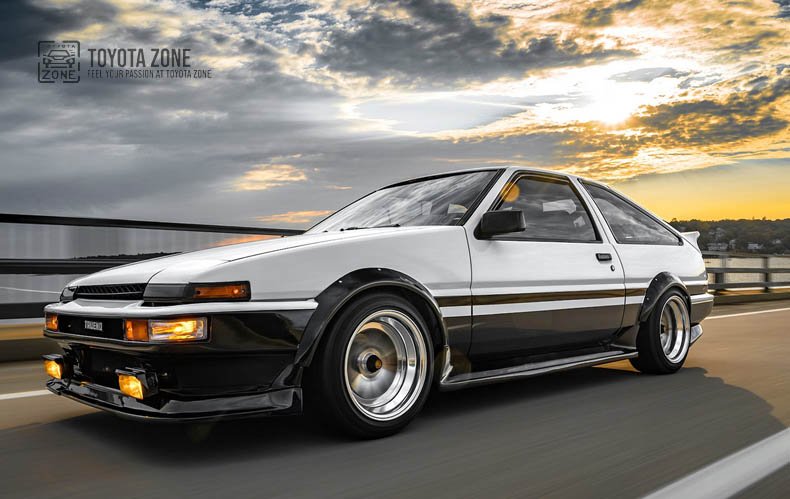
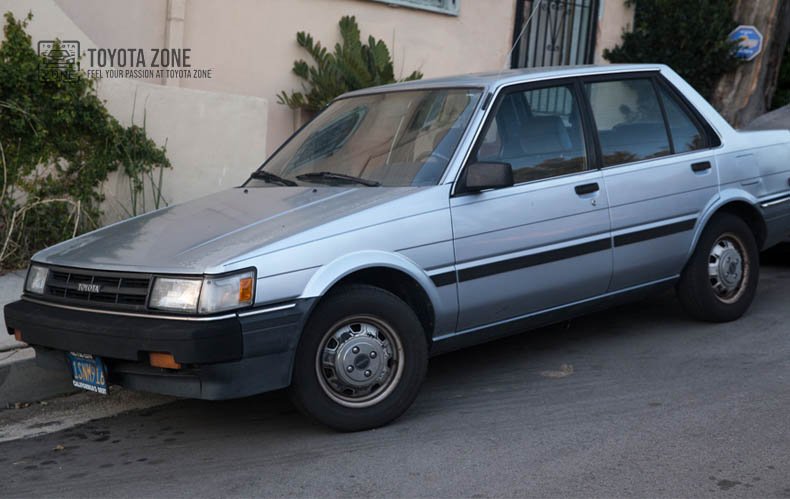
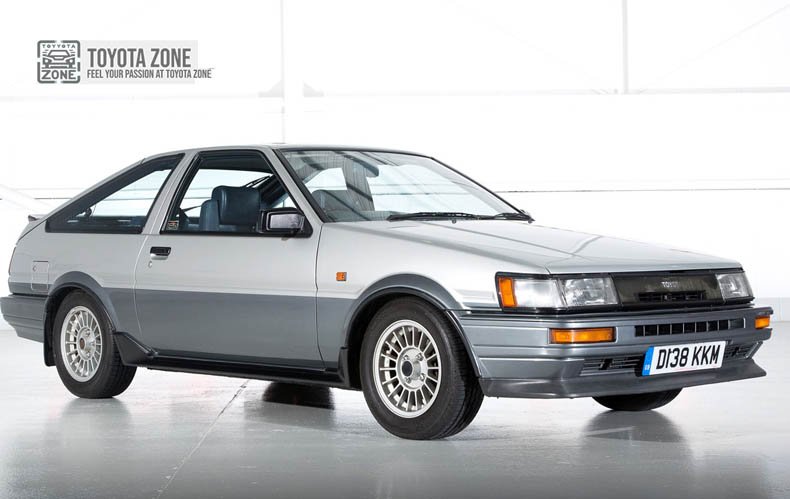
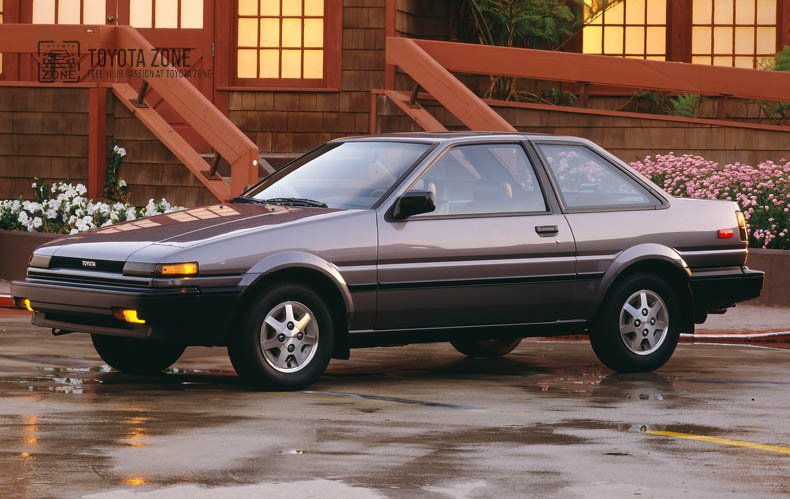
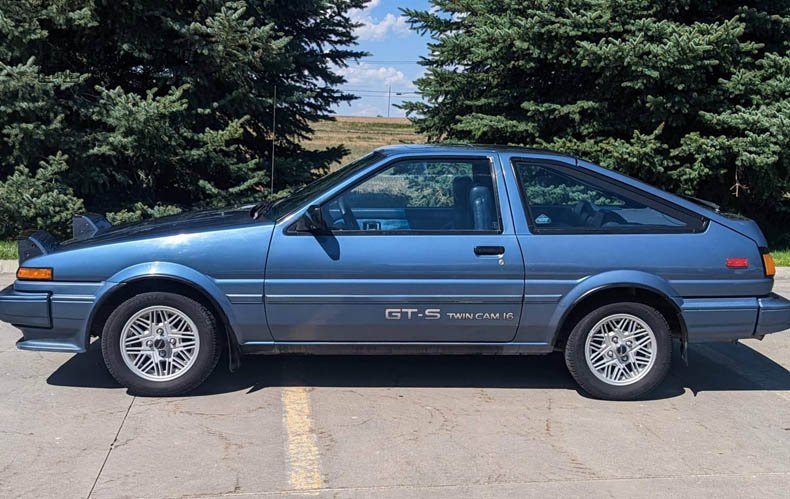
Viee 1980 Toyota Corona

